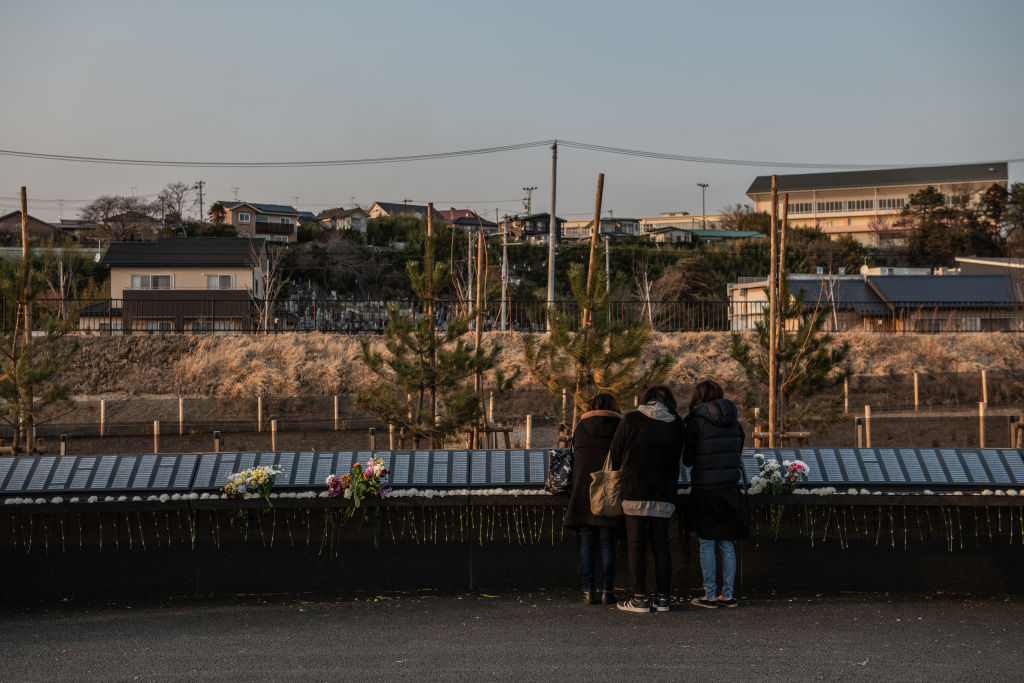Japan approves plans to release Fukushima water into the ocean

Japan’s nuclear regulators have approved a controversial plan to release contaminated water from the wrecked Fukushima Dai-ichi nuclear power plant into the ocean.
The water, used to cool reactors in the aftermath of the 2011 nuclear disaster, is being stored in huge tanks in the decommissioned plant.
Currently, the water amounts to more than 1.3m tonnes – enough to fill 500 Olympic swimming pools.
It has built up over the past 11 years, after the site was ravaged by an earthquake and tsunami in 2011 – causing the world’s worst nuclear disaster since Chernobyl.
Storage costs $880m per year, and space is running out.
The regulators have now deemed it safe to release the water, which will still contain traces of tritium after treatment, the foreign ministry said in a statement to news agency Reuters.
The closed plant’s ownerTokyo Power Electric Company will also face additional inspections by regulators during the process.
Tepco plans to filter the contaminated water to remove harmful isotopes (apart from tritium, which is hard to remove).
It will then be diluted and released to free up plant space and allow decommissioning to continue.
The plan has encountered stiff resistance from fishing unions in the region, which fear its impact on their livelihoods.
Neighbouring countries China, South Korea, and Taiwan have also voiced concerns.